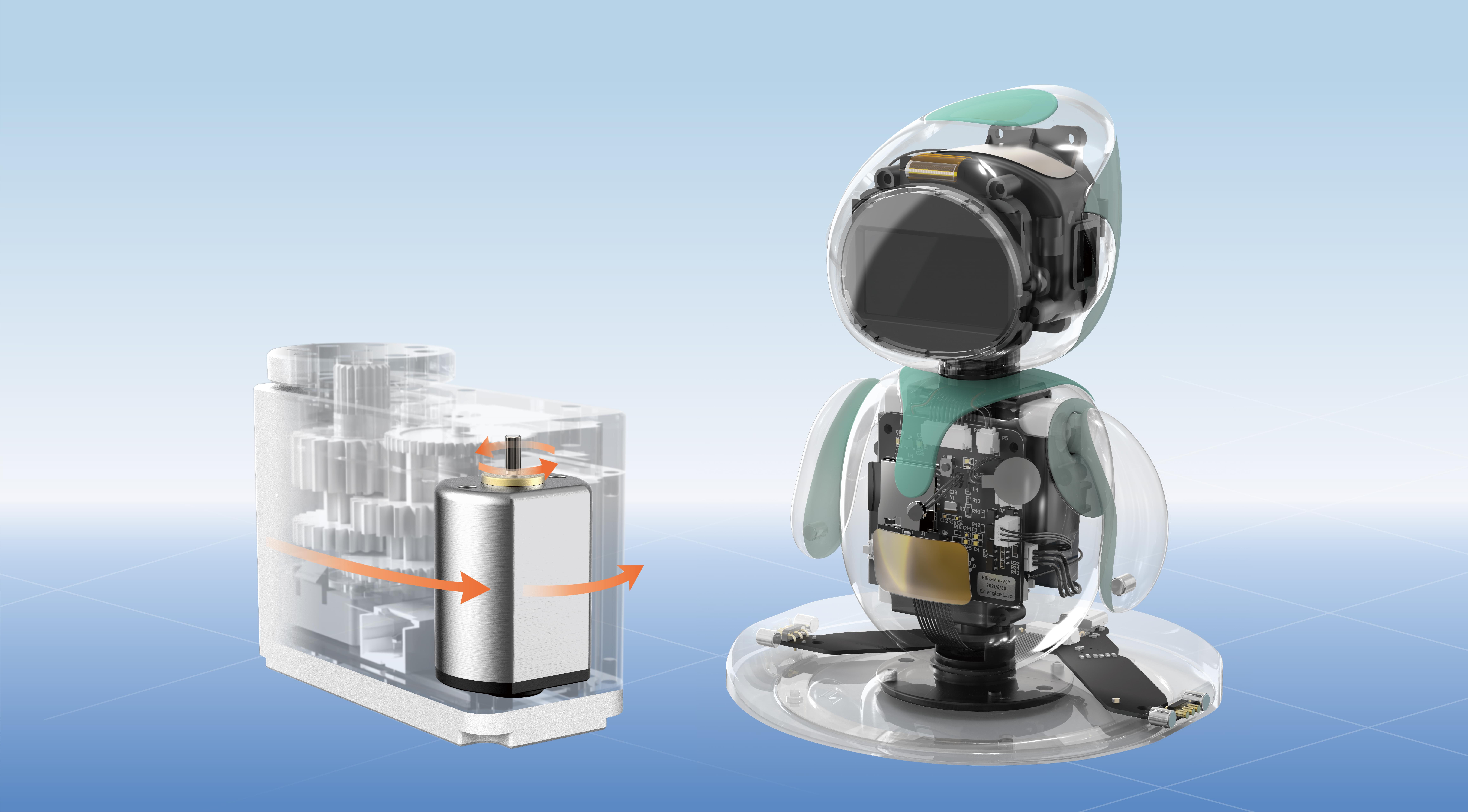When setting up a servo motor, one of the most common questions that arises is: how much tension should be on a servo motor? It's a crucial factor to get right, as the tension can significantly impact performance, longevity, and even safety. Servo motors are designed to operate efficiently when they’re neither too loose nor too tight, but how do you find that sweet spot?

Let’s start by discussing what happens when the tension is too high. If the motor is under too much strain, it can lead to overheating, wear and tear on internal components, and even malfunction. It’s like trying to push a car uphill in fifth gear—it may eventually move, but it’s going to burn out quickly. Too little tension, on the other hand, causes a lack of response from the motor. It’ll be sluggish, inefficient, and probably won’t perform as expected in tasks that require precision and speed.
So, how do you get the tension just right? First, consider the application. Is the motor controlling a robotic arm, or is it powering a conveyor belt? Different applications demand different levels of tension. For tasks that require high torque, you’ll need a bit more tension to ensure the motor holds its position under pressure. For more delicate, precise movements, like in small-scale robotics, a lower tension might be the answer.
You’ll also want to keep in mind the specifications of the servo motor itself. Different motors have different tension limits based on their design and materials. KPOWER, for example, has carefully designed each motor with specific load limits, ensuring optimal performance when used within the right tension range.
When adjusting the tension, always start with a low setting and gradually increase it while monitoring the motor’s performance. If you notice it struggling or making strange noises, that’s a good indicator the tension might be too high. On the flip side, if the motor seems to hesitate or lacks power, consider tightening it just a bit.
But there’s more to it than just tension. The alignment of the motor is key too. If the motor isn’t properly aligned with the gears or the system it’s working with, no amount of tension will help. This can be a tricky aspect to get right, but once everything’s aligned, you’ll notice a huge improvement in performance.
As for regular maintenance, keep an eye on the tension over time. As the motor goes through cycles of use, there may be slight shifts in tension, and this could affect its functionality. Regular checks are a good practice to avoid any surprises down the road. After all, servo motors are intricate pieces of technology, and a little care goes a long way.
In short, getting the tension on your servo motor right is about balance. Too much tension causes strain and wear, while too little can lead to inefficiency. Keep an eye on your system’s specific needs, and adjust as needed. If you’re unsure, always consult the manufacturer’s guidelines. With a little attention and the right setup, your servo motor will perform like a dream—efficient, precise, and reliable.
Established in 2005, Kpower has been dedicated to a professional compact motion unit manufacturer, headquartered in Dongguan, Guangdong Province, China. Leveraging innovations in modular drive technology, Kpower integrates high-performance motors, precision reducers, and multi-protocol control systems to provide efficient and customized smart drive system solutions. Kpower has delivered professional drive system solutions to over 500 enterprise clients globally with products covering various fields such as Smart Home Systems, Automatic Electronics, Robotics, Precision Agriculture, Drones, and Industrial Automation.




































